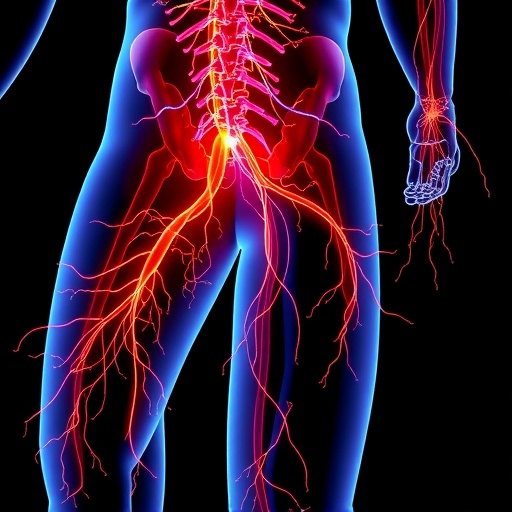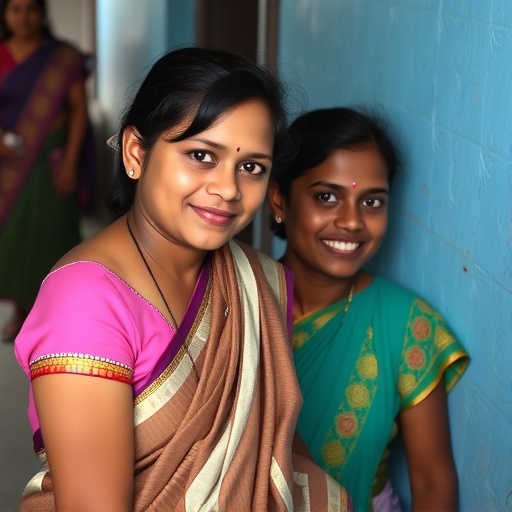Psychology researchers at the University of Missouri suggest a first step toward creating educational and work materials to fit a person’s appropriate developmental level

Credit: University of Missouri
Imagine a 7-year-old and a college student both take a break from their virtual classes to get a drink of water. When they return, the 7-year-old has difficulty restarting the assignment, while the college student resumes working as if the break never occurred. Nelson Cowan, an expert in working memory at the University of Missouri, believes understanding this developmental age difference can help younger children and their parents to better adjust to a virtual learning environment during the COVID-19 pandemic.
“By understanding this developmental difference, then we can work to provide a little more structure for younger children in online settings, such as helping them organize their homework,” said Cowan, a Curators Distinguished Professor in the Department of Psychological Sciences. “At school, teachers can provide more of that structure, but in a virtual environment, parents may also have to take on more of that responsibility. For parents who have younger children that are somewhat resistant to their actions, this might be difficult to do, however it needs to be made clear to children that their parents are assisting their teacher, rather than being the primary educational figure.”
Kendall Holzum can relate. During the COVID-19 pandemic, the 7-year-old girl has been going to school online instead of in person.
“Sometimes it’s hard to remember to go back and do your homework after you get off your Zoom call,” Holzum said. “My parents have to help me a lot to remember to do my assignments. Homework is the hardest to follow directions on because your teacher isn’t there to always help you.”
Cowan, who has been interested in how the human brain works since he was a young child, suggests this insight can be a first step toward helping educators determine how to tailor a child’s individual learning experience to their appropriate developmental level.
“Now, the challenge will be to understand how to adapt educational materials and work materials to be appropriate for each individual’s developmental level in an online setting and perhaps try to teach children to be more proactive in their thinking,” Cowan said. “I’m hoping this is a first step toward that notion and encourages people who do research in the classroom, or now in the virtual classroom, to consider the role of proactive behavior as an overall life skill and how to accommodate various levels of learning to meet that life goal.”
A total of 180 people participated in the study by Cowan and his colleagues. Participants were split among three different age groups — children ages 6-8, ages 10-14 and college students. Each age group was asked to remember a display of colored spots. Then, they were interrupted by a second, unexpected and more urgent task — quickly pressing a button when a signal is heard or seen. Upon completion of the second task, they were asked to return to the first task and decide if a color came from the display. Cowan said more often, the younger children simply forgot to remember the colors they were supposed to recall after working on the second task. He said this study provides a clear example of the limits of working memory in younger children.
“In general, working memory is limited,” Cowan said. “As the amount of things a person is trying to remember at one time increases, less memory is available to help remember a task, or what a person is supposed to be doing. An example of the difference between an adult and a child is when both try to catch a ball while carrying dishes. The child would be more likely to drop the dishes, while the adult remembers to also hold onto the dishes at the same time. Virtual school has created a whole new environment, and this study provides us with a first step in how we must help children adjust as some parts of virtual schooling are very likely to be here for a long time.”
###
“Developmental change in the nature of attention allocation in a dual task,” was published in Developmental Psychology. The study was funded by the National Institute of Child Health and Human Development (R01 HD-021338).
Media Contact
Eric Stann
[email protected]
Original Source
https:/
Related Journal Article
http://dx.




